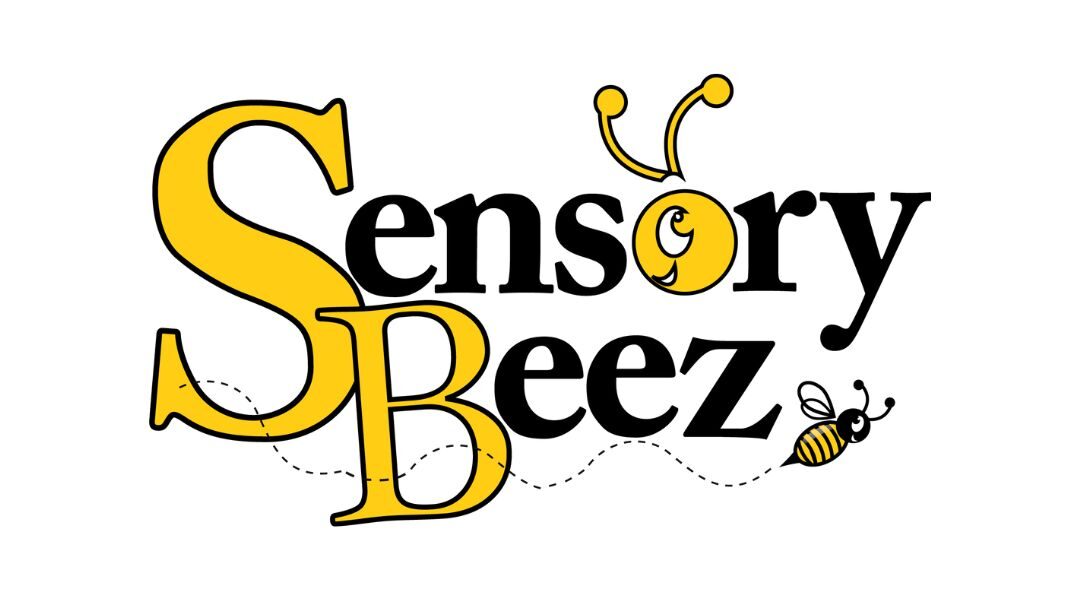Children with autism often experience sensory processing challenges that can affect their cognitive growth and daily functioning. Sensory equipment, designed to address these unique needs, plays a crucial role in enhancing cognitive development. For parents, caregivers, and educators, selecting the best sensory tools can be transformative, providing children with the necessary support to thrive.
Understanding Sensory Processing in Autism
Sensory processing refers to how the brain interprets and responds to sensory information from the environment. Many children with autism have atypical sensory processing, leading to hypersensitivity or hyposensitivity to stimuli such as sounds, lights, textures, and movements. These sensory differences can impact learning, communication, and social interactions.
The Role of Sensory Equipment
Sensory equipment is specifically designed to help children with autism manage sensory input, improve focus, and develop essential cognitive skills. These tools can provide calming or stimulating effects, depending on the child’s needs, and are integral to creating a supportive learning environment.
Types of Sensory Equipment
There is a wide variety of sensory equipment available, each serving different purposes. Here are some common types and their benefits:
- Sensory Swings
Sensory swings offer gentle, rhythmic movement that can help calm and focus children. The motion provides vestibular input, which is crucial for balance and spatial orientation. Swings can be particularly beneficial for children who need to regulate their sensory input and improve their concentration.
- Weighted Blankets and Vests
Weighted blankets and vests provide deep pressure stimulation, which can have a calming effect on children with autism. This type of sensory input can reduce anxiety, improve sleep quality, and enhance attention span during activities.
- Sensory Bins
Sensory bins filled with materials like rice, beans, or sand allow children to explore different textures. This tactile stimulation can help improve fine motor skills, hand-eye coordination, and cognitive abilities such as sorting and counting.
- Fidget Toys
Fidget toys are small, hand-held items that children can manipulate to stay focused and calm. These toys can include stress balls, spinner rings, or putty. Fidget toys are useful for reducing anxiety and improving concentration during tasks.
- Light Projectors
Light projectors create calming visual stimuli, which can be particularly soothing for children with autism. They can be used in sensory rooms to create a peaceful environment conducive to relaxation and cognitive focus.
Choosing the Right Sensory Equipment
Selecting the best sensory equipment for a child with autism requires careful consideration of their individual sensory needs and preferences. Here are some tips to guide the selection process:
- Observe the Child
Pay attention to how the child responds to different sensory inputs. Note their reactions to various textures, movements, sounds, and lights. This observation will help identify what types of sensory equipment might be most beneficial.
- Consult Professionals
Occupational therapists and other specialists can provide valuable insights and recommendations based on their expertise. They can conduct assessments to determine the child’s sensory needs and suggest appropriate tools.
- Start Small
Introduce sensory equipment gradually, starting with a few items that address the most pressing sensory challenges. This approach allows the child to acclimate to new tools without becoming overwhelmed.
- Prioritise Safety
Ensure that the sensory equipment is safe for the child’s use. Check for any potential hazards, such as small parts that could be a choking risk, and ensure that the materials are non-toxic and durable.
Summing up, sensory equipment plays a vital role in enhancing cognitive growth for children with autism. By carefully selecting and integrating the right tools, parents, caregivers, and educators can provide invaluable support, helping these children navigate their sensory world with greater ease and confidence. This tailored approach not only fosters cognitive development but also promotes overall well-being and quality of life.


